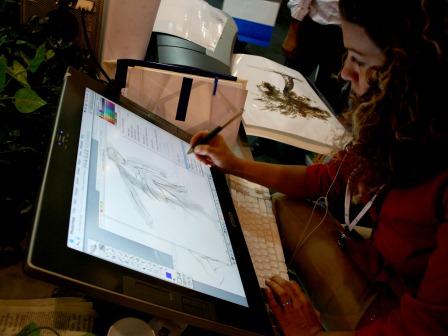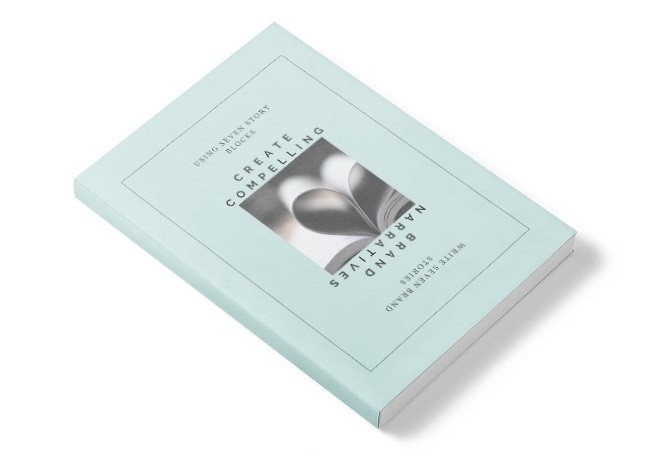Design can make or break a piece of work.
In this highly visual, information soaked world, there are almost as many designers as writers. Everyone and anyone can claim to be one. But there are more bad ones than good ones.
Translation: most designers are failures.
Over the years I’ve worked with both, and have formed a (sweepingly generalised) theory.
To explain, the crux of my theory is that somehow the visual has been made king.
What’s wrong with that?
The failure is that what’s now valued is the way the graphic design looks, not what it means.
The masters knew what worked
The TV series Mad Men pays homage to the great period of advertising.
The great works of the late 1940s and 1950s still fascinate and fuel the passion of many aspiring designers. Their work is still relevant and inspiring today.
However, the same cannot be said for many of the works created since. More likely they’ be considered dated and irrelevant.
If you study the masters carefully, their power is drawn from deep within the relationship between word and picture.
Design and words are Siamese twins in a symbiotic relationship.
Good, great and brilliant
Good designers have a feel for typography, white space, navigation, colour, font and impact.
Great designers ensure that your reader gets your message loud and clear; above all design desires.
But, unusual (and brilliant) ones do something rare among designers.
They read your copy.
They read it before they start designing.
Reading the copy first
By reading it they see the important messages – phrases, words and subtext – that need pulling out and highlighting.
They see the relationship between your words and the layout.
Good copy gives a designer the cues to make the words come to life.
They breathe life into the word pictures.
Most importantly, their design work then becomes more than just an exercise in worshiping at the altar of visual.
Instead, it becomes something that characterises everything the brand does from that day forward.
The hand that creates
A brilliant designer’s hand (one who’s read the copy) will create magic with your words.
The nuances of the narrative will be structured, highlighted and detailed in far greater depth than just the words alone can achieve.
They ensure that the design makes the copy as readable as possible.
They make sure that it works.
And it does the heavy lifting.
What else?
A brilliant designer helps you the writer, by understanding the copy.
They’ll ask you what the piece is for… its end goal.
Before they start, they’ll try to understand the function and objective of the piece – who’ll be reading it, the response you want, how it will be received.
They do their best to help you achieve that goal.
Not their own design goal.
It obviously also helps if they have an interest or passion for the subject.
It helps them grasp the importance of the words, of narrative and of clear, well-structured copy.
But if they don’t?
I’ve been there. Broad, cultural illiteracy (across a wide range of topics other than popularist ones) is common. And troubling.
How can you design a great piece if you have no feel for it?
Some designers can (and do) fill in their interest and educational gaps as they go along; some just fake it.
But most of what I’d term mediocre design is churned (and I choose that word purposely) out by designers who are faithful.
Faithful to the church of the visual.
And they don’t read your copy.
They just place it on the page.

